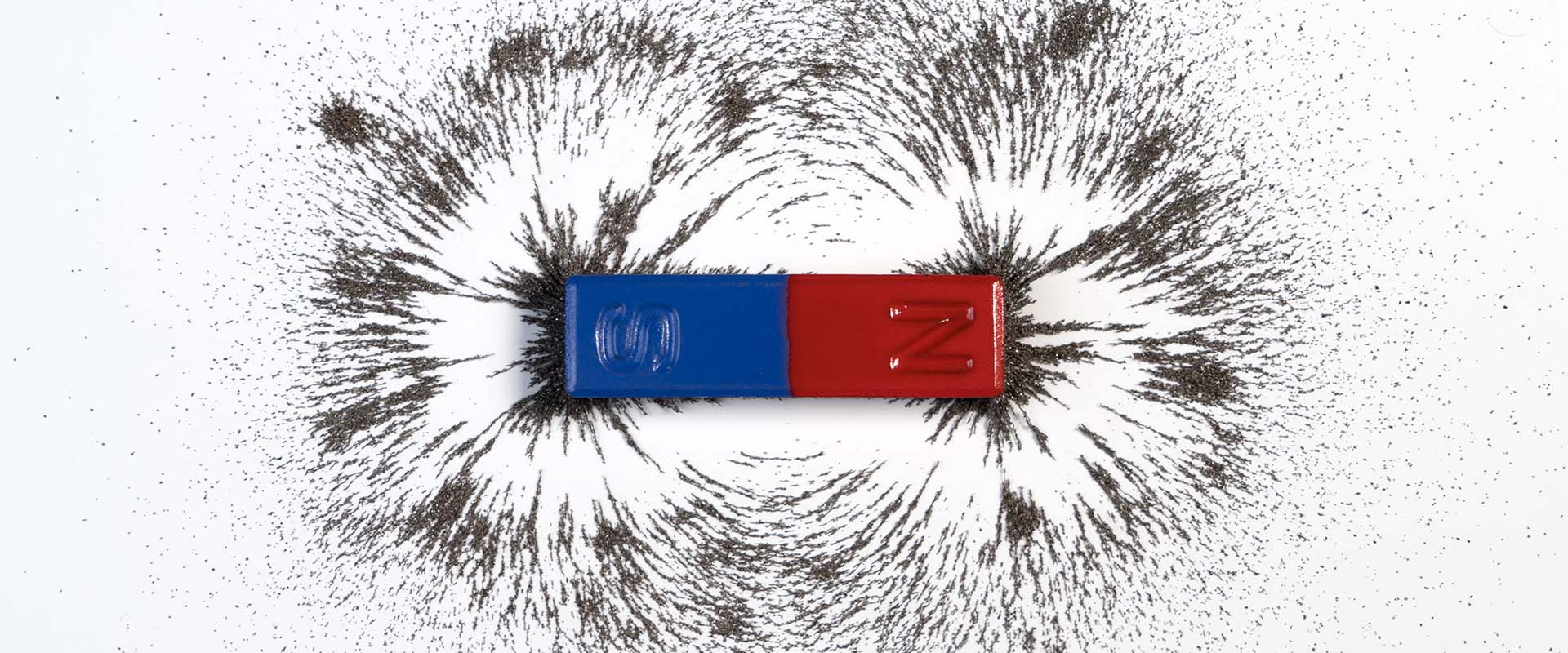Marvellous Magnetism

You will need:
• A tray
• Magnets
• Various materials that are magnetic and non-magnetic
• Paper and pen for recording results (see back of page)
Doing the activity:
Place on a tray a mixture of metal and non metal objects, as well as some magnets.
Make sure you include some metal objects that are not magnetic such as coins and jewellery as this will prompt your childs curiosity.
Ask questions such as: Which objects do you think will stick to the magnet and why? to enhance learning.
EXTEND THE ACTIVITY
Sort the items out into those that are attracted and those that are not attracted to the magnet.
• Provide a range of metal objects and discover that magnets stick only to objects made of materials such as nickel, iron and steel.
• Using magnets under a piece of cardboard and exploring how items can be magically moved across cardboard.
• Place paperclips in a clear plastic container and see what happens when the magnet is moved along the side.
• Discovering that magnets also stick to each other but only in a special way as every magnet has a north and south pole.
• Discovering that you can magnetise a paperclip so that it picks up other paperclips.
How this develops early scientific learning:
Developing investigation and enquiry by exploring if the magnet will pick up the item or not. Introducing the word ‘attract’ as you explore if the magnet will pick up the item. “Will the magnet attract this”?





